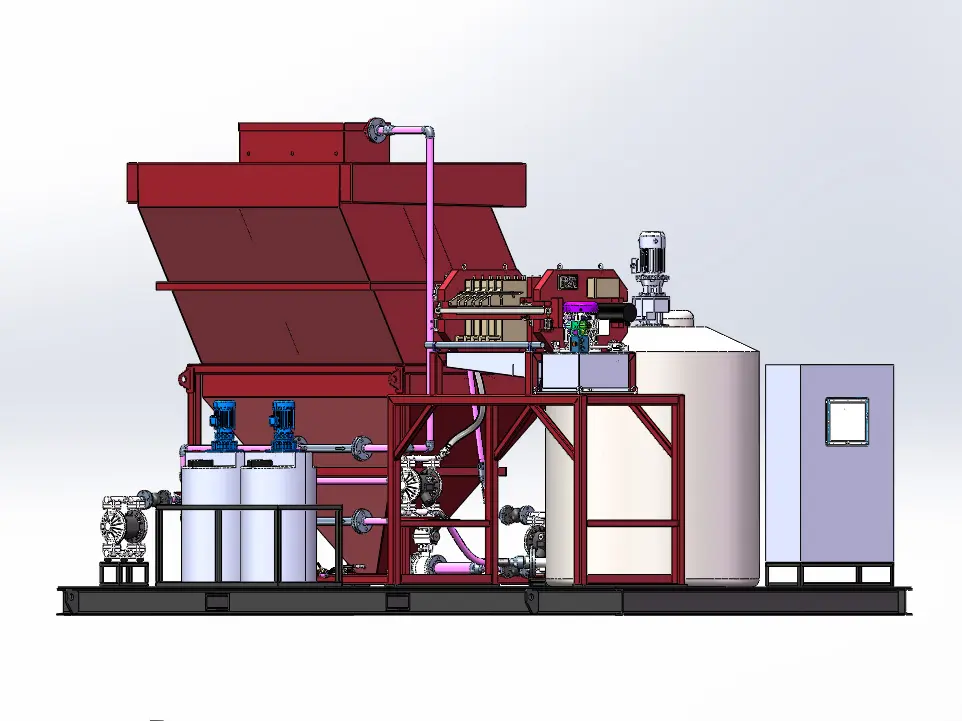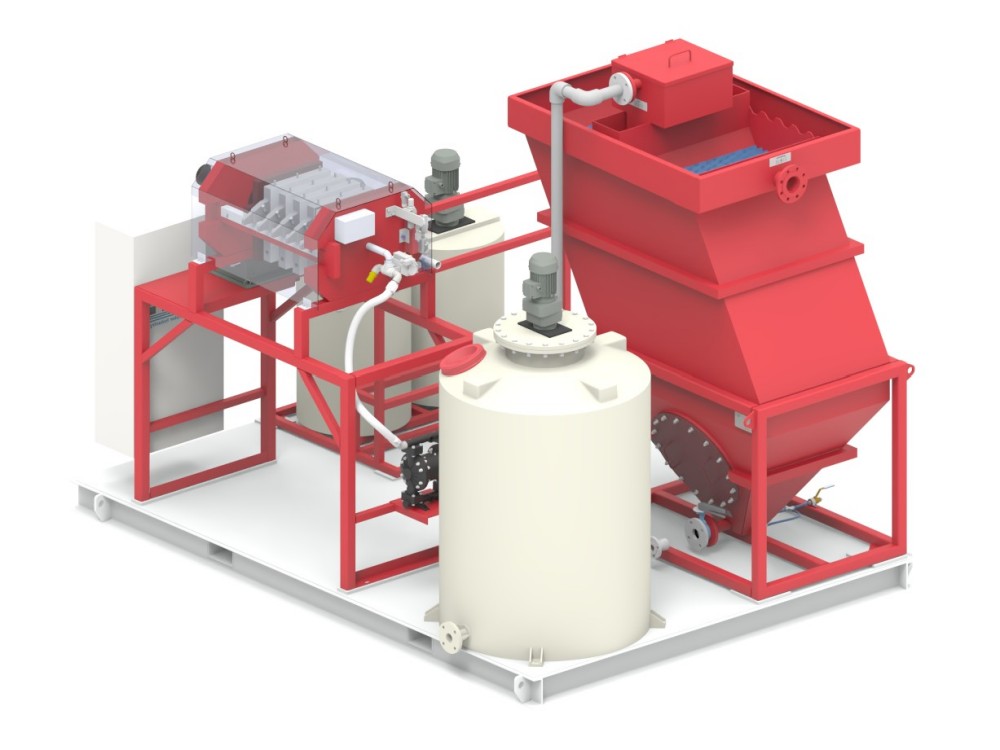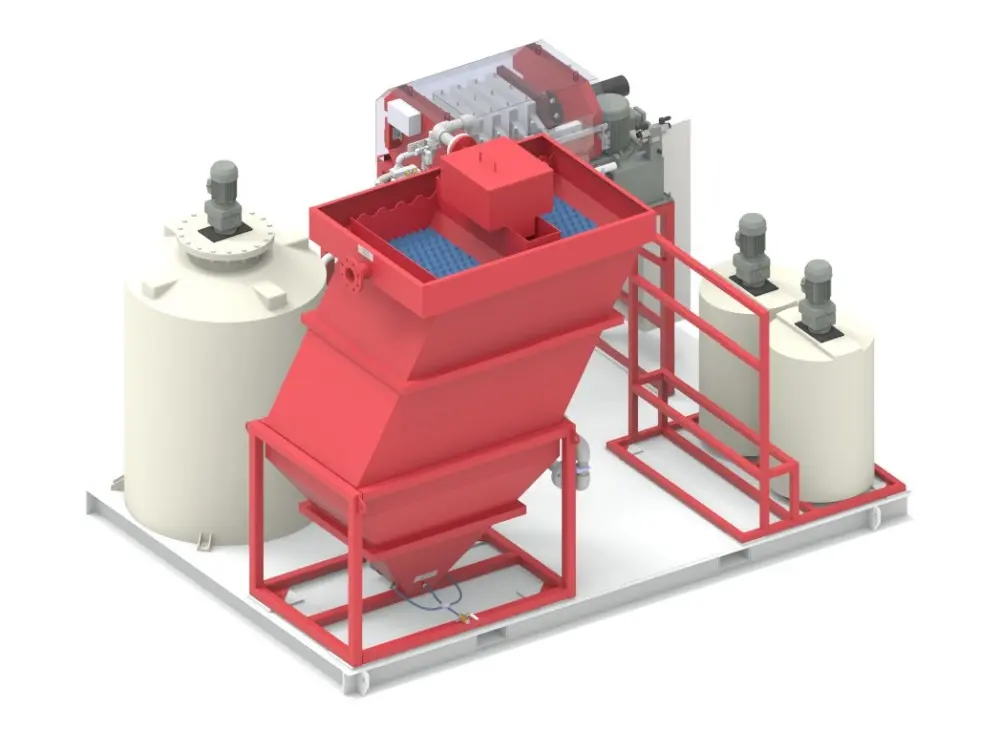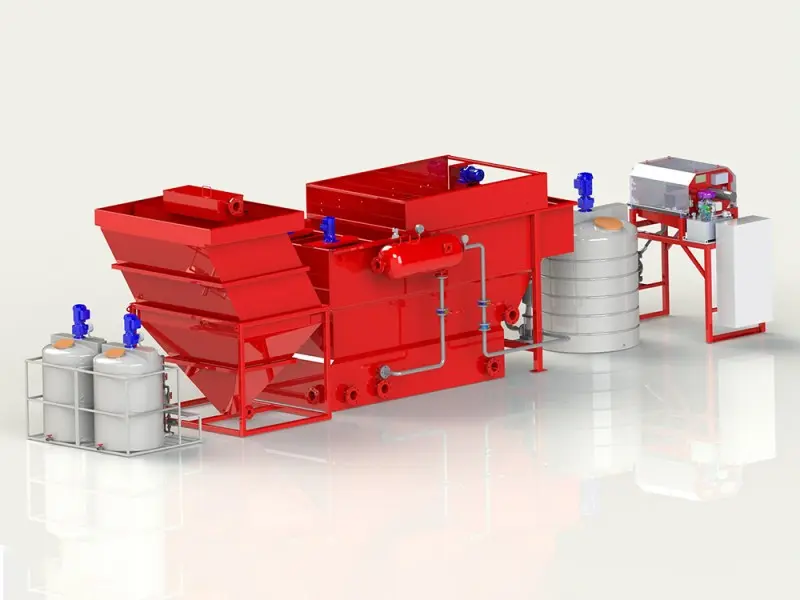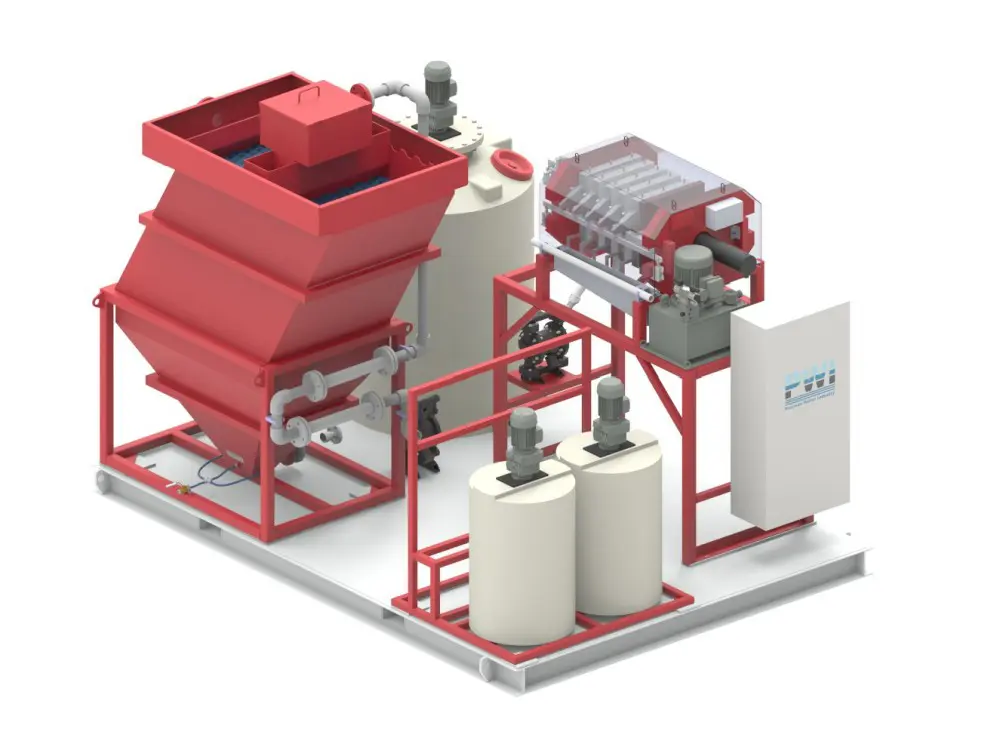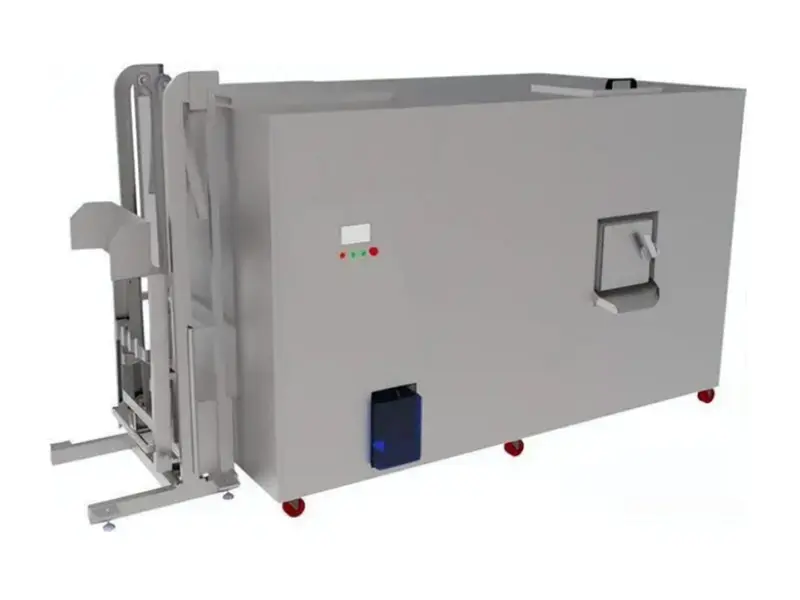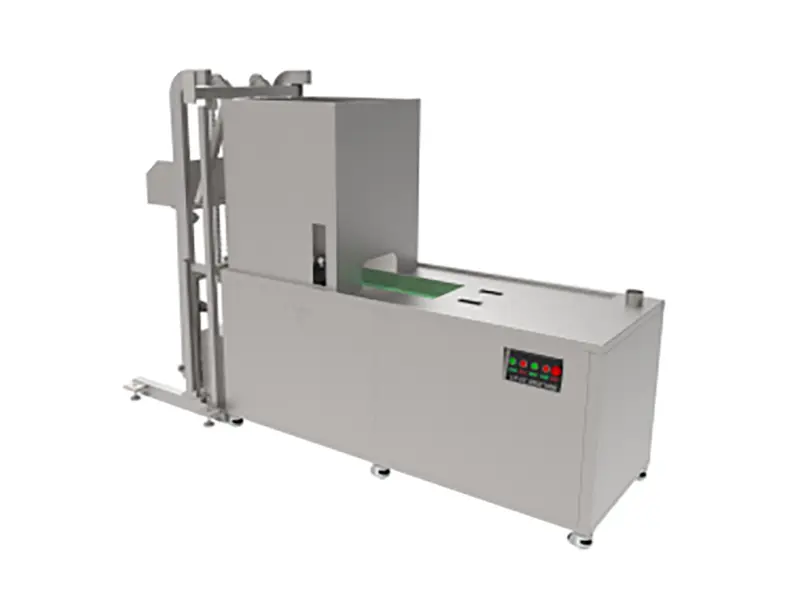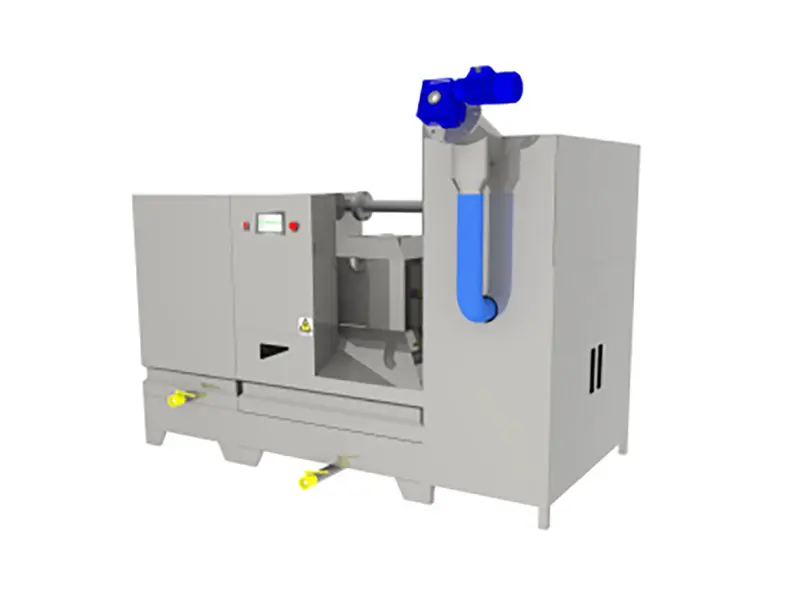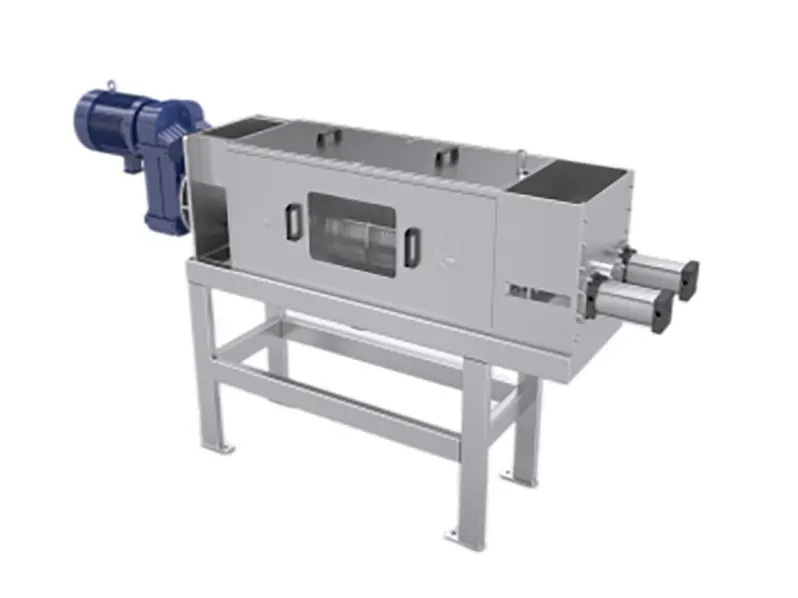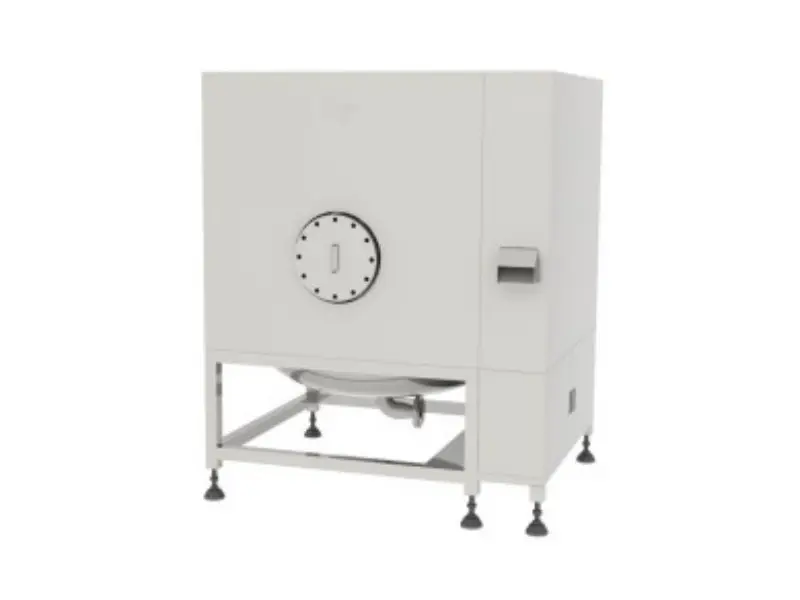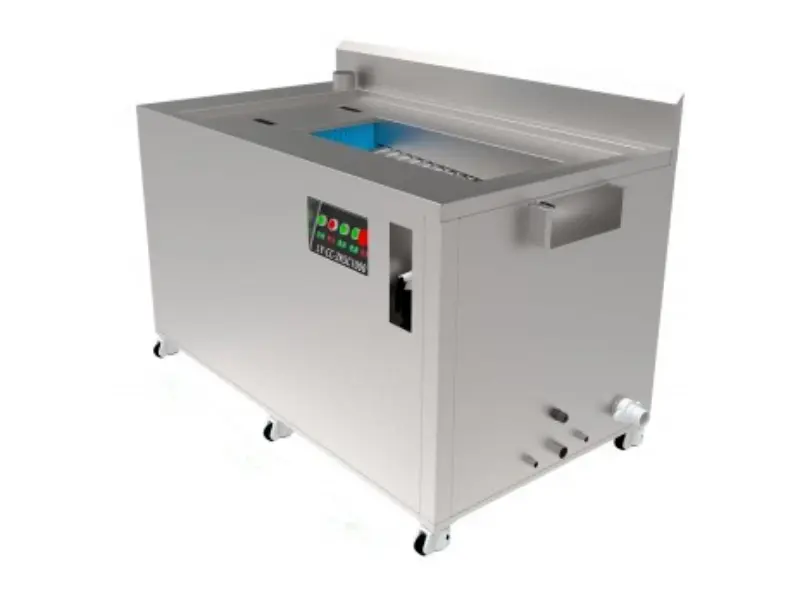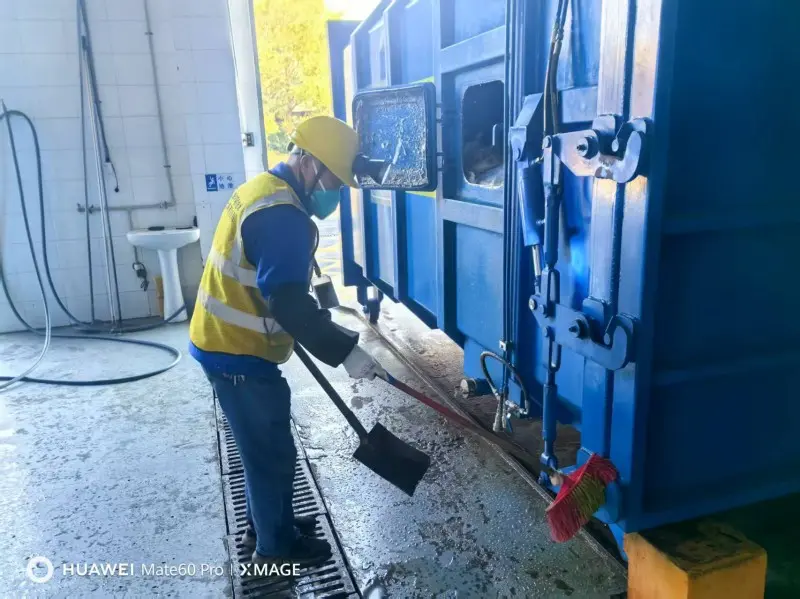Kitchen Waste Storage Tank
Performance characteristics
1.The shell of the vacuum water storage tank is made of stainless steel (304, thickness 5mm), which is strong and durable, impact resistant and corrosion resistant. The sealing performance reaches complete gas and odor sealing;
2.The internal vacuum can withstand-0. 15MPa;
3.The imported laser level sensor is adopted to detect the tank level more accurately, which is stable and practical;
4.After dehydration, the dehydrator is automatically recharged and cleaned for convenience and safety.
5.The double tank design is seamless switch between one and one, so that the discharge port can work continuously.
Processing capacity and parameters
Unit type |
KQ-KG-CG-1200 (single tank) |
KQ-KG-CG-1000*2 (double tank) |
Equipment size |
1640*1140*2000 |
2580*1140*2000 |
Main material |
5mm thick 304# stainless steel |
5mm thick 304# stainless steel |
storage capacity |
1200L |
1000L*2 |
Store power |
AC380, integrated central control system |
AC380, integrated central control system |
Feed pipe diameter |
DN65 |
DN65 |
reference price |
150000 |
290000 |
Installation requirements
1. Power supply: 380V/6 square 5-core cable with independent air switch;
2. Vacuum tank gas liquid separator down pre-leaving water outlet;
3. The connecting pipe between the discharge port and the storage tank is DN65PVC pipe or stainless steel pipe, and the gas pipe is collected
Use DN32PPR tube.
4. A standard 240L trash can should be provided;
Equipment principle
One tank configuration is specifically tailored for small - scale kitchen environments, such as those in family - owned restaurants, small cafes, or the kitchens of individual households. These kitchens typically generate a relatively limited amount of kitchen waste on a daily basis. With 1 - 2 feeding ports, this single - tank system serves as an efficient pre - storage solution. It allows kitchen staff to conveniently deposit food scraps, vegetable peels, and other organic waste directly into the tank. The compact size of the single - tank setup ensures it doesn't take up excessive space, making it ideal for kitchens where floor space is at a premium.
On the other hand, a two - tank system is designed to meet the demands of large - scale kitchen operations, like those in luxury hotels, major food processing plants, or bustling commercial food courts. These large kitchens produce substantial volumes of waste continuously throughout the day. Equipped with 2 - 8 feeding ports, the two - tank arrangement provides ample capacity and flexibility. The key advantage lies in the alternating usage of the two tanks. While one tank is in the process of waste decomposition or undergoing maintenance, the other tank remains available for waste storage. This seamless alternation enables continuous feeding work at the feeding ports, ensuring that there is no interruption in the waste pre - storage process. It maximizes operational efficiency, allowing large kitchens to handle their waste management smoothly without any backlogs or delays.







